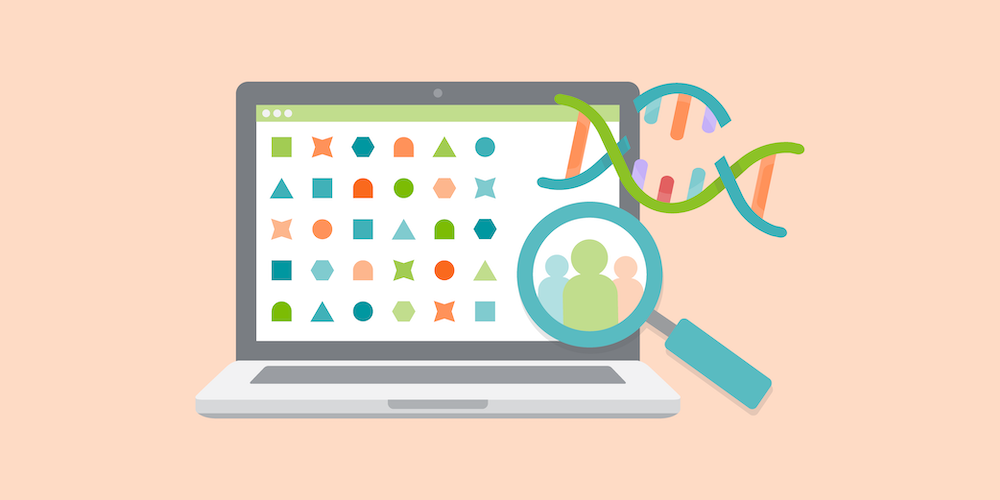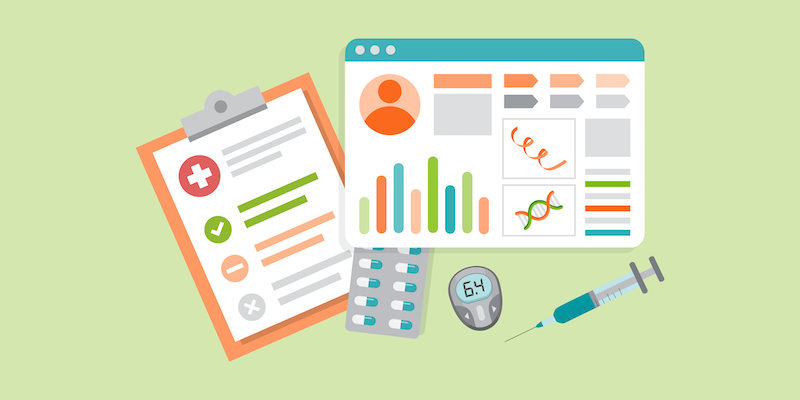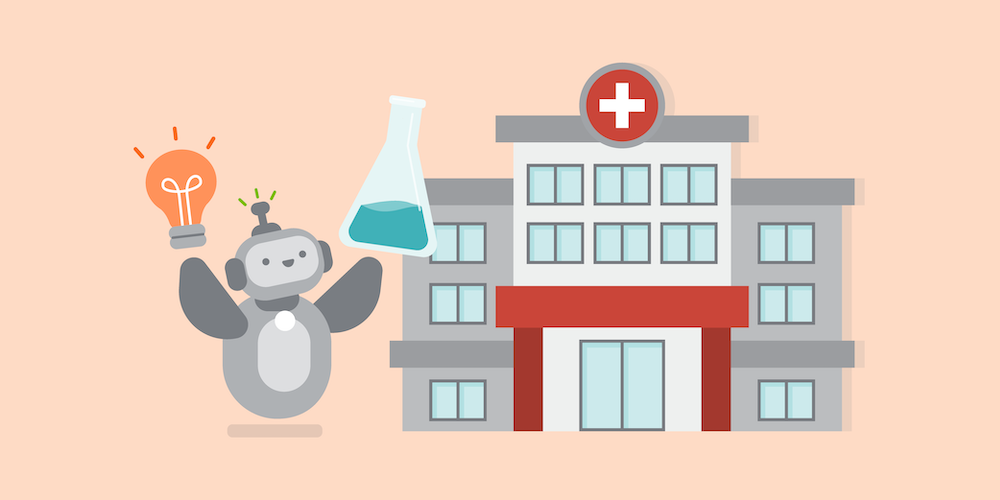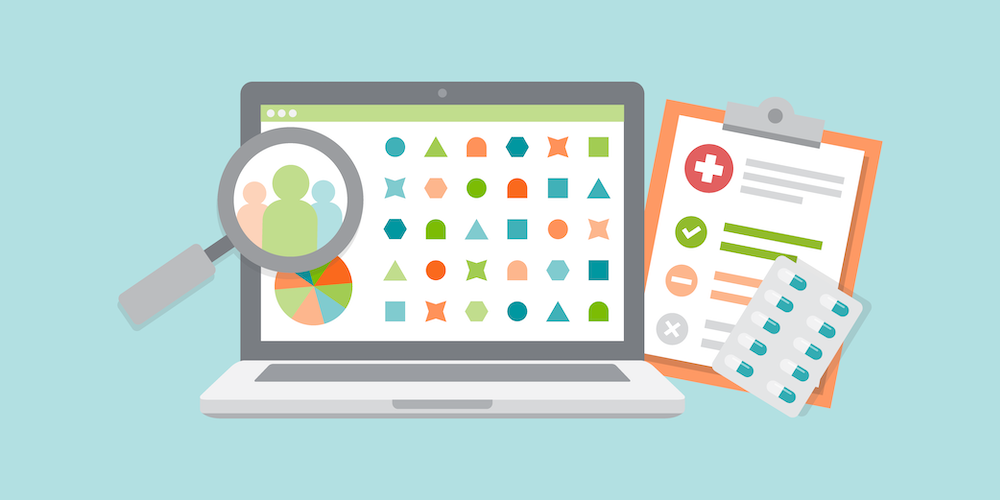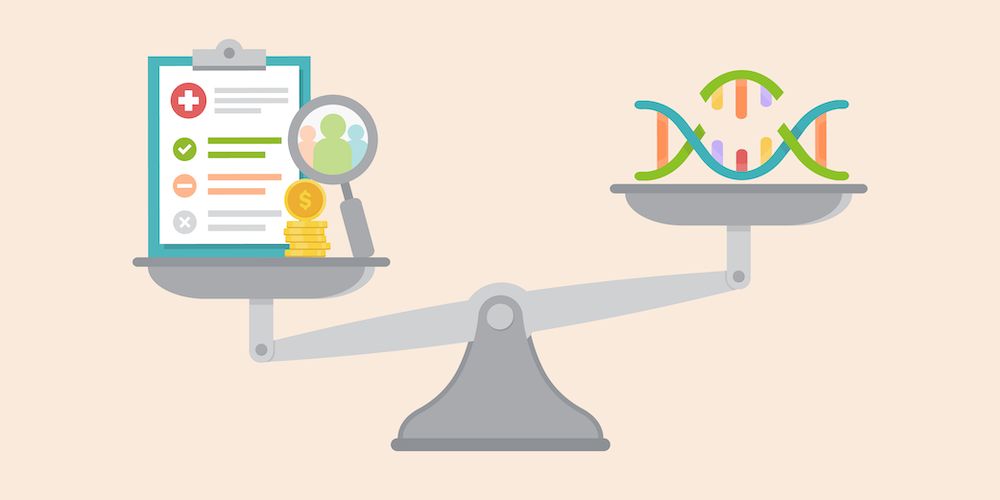Robotics in Laboratory Automation: Improving Efficiency and Throughput
By Caleigh Findley
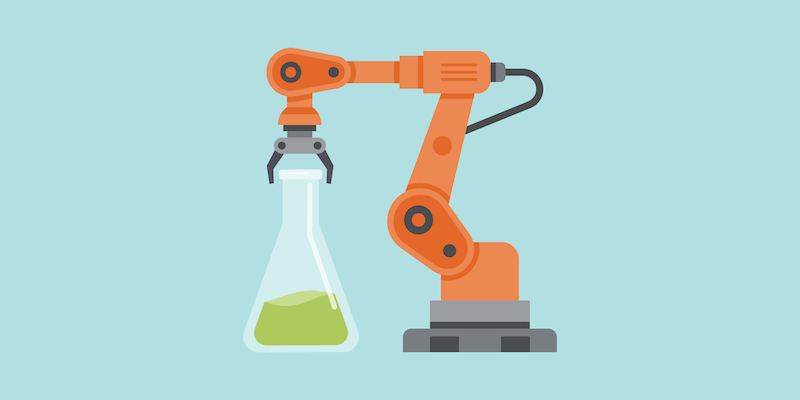
In today’s labs, speed and precision aren’t just goals—they’re survival tools. How do you handle thousands of tests while avoiding costly errors?
To meet these demands, more labs are turning to robotics and automation to streamline their operations, improve throughput, and reduce the risk of human error.
With each new advancement in automation, robotics is becoming an essential part of the lab, reshaping how routine tasks are handled and pushing the boundaries of what’s possible in research and diagnostics.
Dive into how robotics is changing the way labs function, freeing up human talent for more creative and complex problem-solving.
The Integration of Robotics into Lab Tasks
No longer confined to the factory, robotics has become a vital partner in the lab, seamlessly handling tasks that once bogged down researchers and technicians. By automating repetitive and time-consuming processes, robotics frees up human workers to focus on more complex and creative tasks.
Picture a robotic arm effortlessly transferring samples between machines with the accuracy of a seasoned technician—but without ever getting tired or making a mistake.
Or high-throughput screening— once taking weeks of painstaking manual work—now accomplished in a fraction of the time, rapidly screening thousands of compounds with the accuracy needed to identify breakthrough drug candidates.
Robotics can also manage and analyze vast amounts of data generated in modern labs. Automated systems collect, process, and store data faster and more accurately than manual methods, enhancing data integrity and allowing for real-time decision-making.
Labs that introduce robotics into their automation processes are seeing several standout benefits:
- Increased Efficiency: Labs can run tests 24/7 without worrying about fatigue or human error, helping them hit ambitious targets and stay ahead of growing demand.
- Enhanced Safety: Handling hazardous materials, infectious samples, or chemicals can pose risks to human workers. Robots can take over these dangerous tasks, reducing the potential for workplace accidents and ensuring compliance with safety protocols.
- Cost Savings: While the initial investment in robotic systems can be substantial, the long-term cost savings are significant. By increasing throughput and reducing the need for manual labor, labs can achieve a higher return on investment over time.
Challenges in Implementing Robotics in Laboratories
The most-overlooked challenge is health equity. It’s crucial to address ethical implications and ensure that these advancements benefit all sections of society equitably.
While the benefits of robotics are compelling, incorporating these systems into lab workflows can come with its own set of hurdles.
Acquiring and installing robotic systems can be cost-prohibitive for smaller labs. Although the long-term benefits often justify the investment, securing funding for the initial setup can be a barrier for many organizations.
Operating and maintaining advanced robotic systems also requires specialized knowledge. Lab staff may need to undergo training or hire new personnel with the skills to manage these technologies, which could lead to additional expenses.
Further, laboratories have unique workflows, and off-the-shelf robotic solutions may not always fit perfectly. Customizing robotic systems to meet specific needs can be time-consuming and costly, though the payoff in efficiency may make this worthwhile in the long run.
The final (and perhaps most-overlooked) element is health equity. It’s crucial to address the ethical implications and ensure that these advancements benefit all sections of society equitably. The misuse or unethical application of AI and robotics can lead to increased disparities and further exacerbate adverse outcomes for socially and economically disadvantaged populations. This will pave the way for better outcomes and increased trust and acceptance, with likelihood of successful implementation of the AI system. This approach ensures that AI systems are developed with a comprehensive understanding of the unique needs and challenges faced by various populations.
Future Trends in Laboratory Robotics
As robotics continues to evolve, it’s not a matter of if but when labs will be revolutionized. Soon, we could see fully autonomous laboratories where robots and artificial intelligence (AI) handle everything from sample processing to data analysis—allowing scientists to focus on discovery research.
AI and Machine Learning Integration
Combining robotics with AI and machine learning algorithms could enable labs to create fully autonomous systems that can make decisions based on real-time data. This would further streamline workflows and optimize laboratory operations.
Miniaturization and Portability
As robotic technologies become smaller and more affordable, they will become accessible to a wider range of labs, including those with limited space or resources. Portable robotic systems could revolutionize field-based research and diagnostics.
Collaborative Robotics (Cobots)
These robots are designed to work alongside human operators, enhancing productivity without replacing human workers. Cobots could play a vital role in labs where manual dexterity and human oversight are still necessary.
Shaping the Future of Laboratory Operations
Robotics significantly impacts how laboratories operate, offering elevated efficiency, accuracy, and safety. By automating everyday lab tasks, cutting down on human error, and speeding up workflows, robotics is doing more than just improving lab efficiency—it is redefining how we conduct research and clinical testing.
